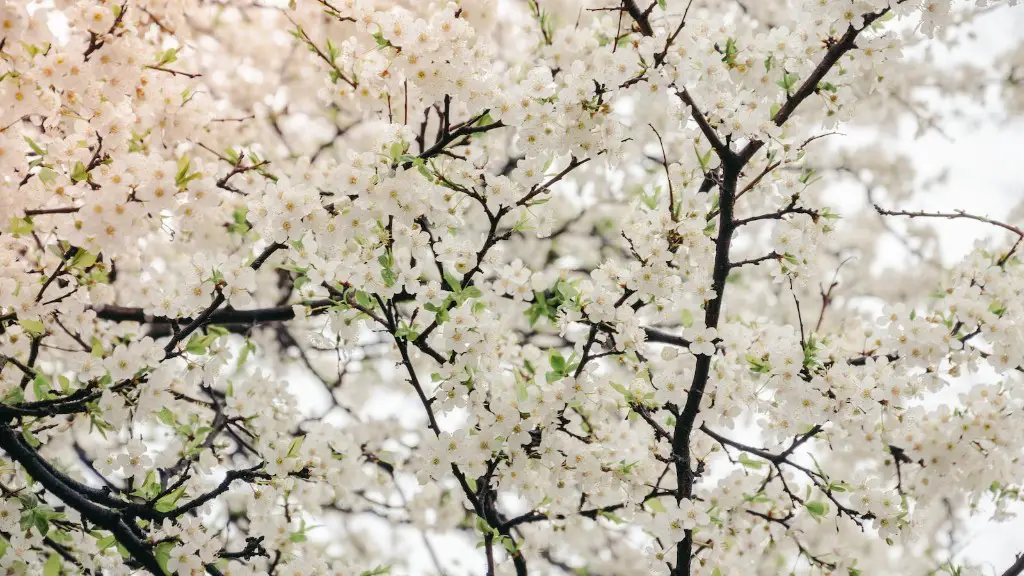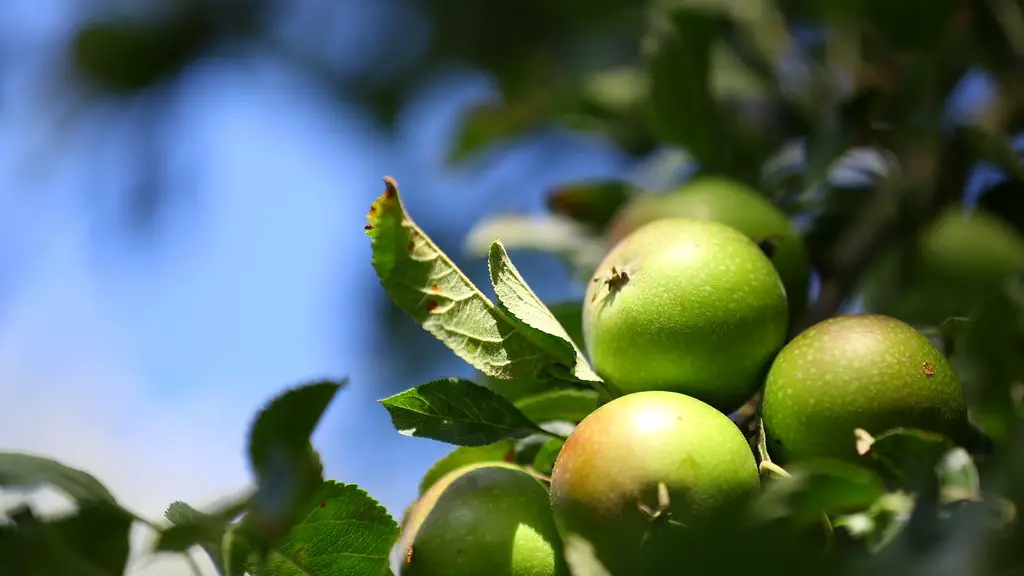What Is Frost?
Frost is a form of weather that is caused when the atmosphere cools and the temperature drops below zero Celsius. Frost will cause the ice to form on surfaces – like cherry trees – that can damage or even kill the plants if left unprotected. The temperature at which this occurs is known as the ‘frost point’ and it varies across locations. For example, frost may occur at +4 degrees Celsius in the US, but at -2 in the UK.
While frost alone can be damaging to cherry tree plants, it can also have lasting effects when combined with other weather phenomena. For example, when a wind chill is present, the effects of frost can be even more severe. This is because the wind will cause frost to spread more quickly, causing more damage over a wider area. Another issue to consider is that frost often occurs with high humidity which can cause further damage to cherry trees by preventing the water vapour in the air from evaporating.
It is also important for growers to be aware of ‘frost pockets’ – areas where cold air accumulates and where frost can form more easily. For example, valleys and low-lying areas are more likely to experience frosty events due to the cooler air. This is something that is important to bear in mind when selecting a location for cherry trees.
When growing cherry trees, it is important to understand the best ways to protect them from frost. While it is impossible to avoid all frost events, there are some steps that can be taken to ensure the best chance of success in preventing damage.
Providing Proper Protection
The most suitable option for protecting cherry trees from frost will depend on the size and type of plant, as well as the severity of the frost predicted, as well as the resources available. There are a number of options available to gardeners, including covering the tree with materials such as straw, or constructing a shelter or covering with a plastic sheeting. It is important to bear in mind that these shelters should be in place several hours before the frost is predicted to occur and should remain in place until the frost has passed.
For larger trees and orchards, sprinkler systems can be used to help protect them from frost. This works by spraying water droplets onto the area, which then freeze and form a protective layer of ice over the surface, preventing the frost from reaching further and causing more damage. This is a relatively straightforward method of protection which is becoming increasingly popular in areas with a high risk of frost and is also cost-effective.
Using heated lights is another effective method of protecting cherry trees from frost. Heat lamps are positioned so that they point directly at the tree or at the frost pockets. The heat emitted will help to keep the temperature slightly above zero and prevent the frost from forming. Heated lights are very effective in preventing frost damage in orchards, however they are expensive, require a large amount of power, and can create a fire hazard if not operated correctly.
Preventative Measures
Frost can be prevented or reduced in several ways. One of the most important is ensuring that the soil has been warmed up in advance of frost by using compost, mulch, and other organic material. This will help to keep the tree warmer, reducing the risk of frost. If the soil is well drained, then this too will help to reduce the risk, as the roots will be better able to absorb moisture and nutrients.
It is also important to keep an eye on the weather forecast and be prepared in advance for any frost events. Knowing when frost is likely to occur will allow gardeners to be prepared with their protective measures in advance. Pruning can also be beneficial – removing dead and damaged wood from cherry trees can help to reduce the damage sustained in a frost event, as the tree will be less vulnerable. Finally, monitoring the condition of the cherry tree and its surroundings is essential, as any weak spots in the tree can be identified and addressed before frost strikes.
What to Do When Frost Occurs
If frost does strike and damage has been caused, it is important to immediately assess the situation and begin tending to the cherry tree as soon as possible. This may involve wrapping or covering the tree depending on the severity of the frost. If the tree has been badly damaged, it may need to be replaced with a new one. It is also important to ensure that the area is kept clean and free from any pests or fungi that can be attracted by the frost.
Conclusion
When dealing with frost and protecting cherry trees from it, it is important to use a combination of preventative measures and quick action when necessary. It is also important to understand the effects of other weather phenomena, such as wind chill, air humidity, and frost pockets, in order to ensure the best chance of success. Taking into consideration all of these factors, along with the use of protective measures and quick action when needed, will help to minimise the damage caused by frost.

